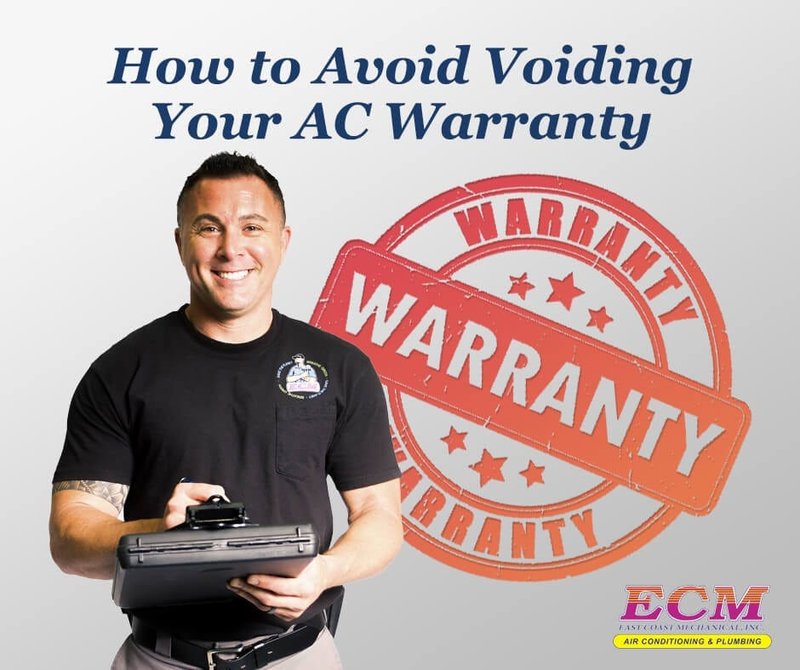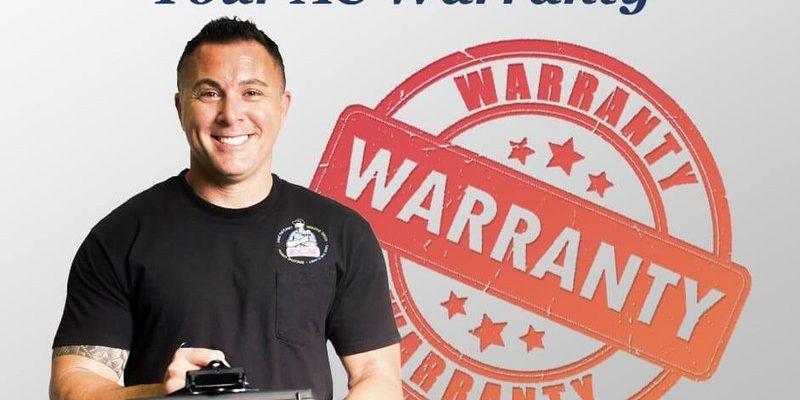
Think of your American Standard HVAC system like a finely tuned car. You wouldn’t just toss regular gas into a high-performance engine or ignore scheduled oil changes, right? The warranty on your HVAC is kind of like a safety net, helping protect your investment if something goes wrong. But here’s the catch: just like that car, if you don’t follow the rules—like regular maintenance or using the right parts—you risk voiding that warranty. Suddenly, what seemed like peace of mind turns into a costly headache.
If you’re new to HVAC or even just buying your first American Standard system, all these warranty rules can feel like trying to read a foreign language. Honestly, it’s not as complicated as you might think. Let me explain how you can keep your warranty intact by understanding the key do’s and don’ts, making sure your system runs smoothly and your coverage stays safe.
Understand What Triggers Warranty Voids on American Standard HVAC Systems
First off, you need to know what can accidentally trip up your warranty. The most common pitfall is unauthorized repairs or modifications. Imagine lending your favorite jacket to someone who decides to sew on patches without asking—that jacket might never look the same, and you might not trust it anymore. Similarly, American Standard requires that any repairs or upgrades be done by a certified technician. If you or a non-certified person fiddles around with the system, you could lose your warranty.
Another big one is skipping routine maintenance. Think of your HVAC like a pet—regular check-ups keep it healthy. Skipping or delaying maintenance can lead to damage that the warranty won’t cover. The key point? Follow the maintenance schedule laid out in your owner’s manual exactly.
Lastly, using parts that aren’t American Standard-approved or compatible can void your warranty too. It might seem tempting to save a few bucks on cheaper parts or universal components, but that shortcut can cost you much more in the long run if something breaks.
Only Use Certified Professionals for Installation and Repairs
You might be thinking, “Why not just call a local handyman or try fixing it yourself?” Here’s the thing: your HVAC system is a complex piece of machinery with specialized controls and safety features. American Standard’s warranty generally requires installation and service by licensed, certified HVAC technicians. These pros know the ins and outs of the system—from syncing the thermostat remote properly to ensuring the refrigerant levels are just right.
Attempting a DIY fix or hiring an uncertified person can introduce hidden problems like incorrect wiring or improper coding on your system’s control board. Even a small misstep can cause bigger issues later. Plus, if the warranty company checks the service history and sees an unapproved technician’s work, they can deny your claim instantly.
To avoid this, ask for proof of certification before scheduling any service. It might feel like extra hassle, but it’s a smart way to keep your warranty safe and your HVAC running like a champ.
Keep Up With Routine Maintenance and Document Everything
Honestly, this is probably the most practical advice for avoiding warranty trouble. You don’t want to end up in a situation where the company says, “Sorry, no coverage,” just because you didn’t maintain your system properly. Scheduled maintenance usually includes:
- Changing air filters
- Cleaning coils and ducts
- Checking refrigerant levels
- Inspecting electrical connections and controls
Think of it like brushing your teeth—skip it for a week or two, and you might get away with it. Skip it regularly, and you’re headed for cavities. In HVAC terms, those cavities can be costly repairs that aren’t covered under warranty.
One handy tip: Keep a folder or digital record of all the maintenance visits and repairs. Receipts, service reports, even emails with your technician—all of this helps prove to American Standard that you cared for your system. When it comes time to file a warranty claim, this documentation can make all the difference.
Use Only Genuine American Standard Parts and Accessories
You might be tempted to think, “A part is a part, right?” Not quite. Systems like American Standard’s HVAC units are designed with specific tolerances and components. Using generic or third-party parts—like an aftermarket remote control or a mismatched thermostat—can lead to syncing problems, system errors, or worse.
Take the example of the remote control: an American Standard system’s thermostat remote often has a special sync and reset code to communicate properly with the unit. Using a universal remote might cause the system to behave unpredictably, and if damage occurs because of mismatched components, the warranty won’t cover it.
Always order replacement parts directly from American Standard or their authorized dealers. It might cost a little more upfront, but you’re preventing the risk of voiding your warranty and ensuring your system works efficiently.
Avoid Unauthorized System Modifications or DIY Upgrades
Here’s where things get tricky. Maybe you’ve seen a “cool hack” online or heard a friend talk about tweaking their HVAC system to save energy or add features. Sounds fun, right? Actually, unauthorized modifications are a big no-no for your warranty.
Changing settings on your system’s control board, adding unapproved sensors, or even attempting to reprogram the system yourself can cause serious damage—or at least make the system unstable. American Standard’s warranty is clear that these unauthorized changes can void your coverage because the system is no longer operating as designed.
Instead of DIY upgrades, talk to a certified technician or American Standard representative if you want to enhance your system. They can suggest approved options that won’t jeopardize your coverage and keep your HVAC running smoothly.
Handle Batteries, Remotes, and Controls with Care
You might not think about it, but even small things like batteries and remotes matter. For example, the remote control that operates your thermostat or the zoning system often uses specific batteries. Using the wrong battery type or mixing old and new batteries can cause erratic behavior or damage electronic components.
Additionally, when resetting or pairing the remote with your unit, follow the instructions carefully. A wrong reset code entry or syncing procedure might cause communication errors between the remote and HVAC system. While this usually doesn’t void the warranty on its own, repeated user errors or tampering can raise flags with warranty service reps.
If you ever notice unusual behavior with your remote or controls, reach out to a certified technician or customer support before trying to fix it yourself. Sometimes, a simple troubleshooting step can save you from accidental warranty trouble.
Why Reading and Following the Warranty Terms Matters
It sounds obvious, but honestly, many people skip over the warranty booklet or assume it’s just boilerplate. The truth is, every manufacturer, including American Standard, sets specific terms and conditions that you agree to when buying the system. These rules spell out exactly what actions or neglect can void your warranty.
Think of the warranty like a rulebook—you wouldn’t play a game without knowing the rules, right? Being informed means you know what’s expected, from installation to care, to repairs. It also outlines important steps for filing a claim and what qualifies as valid coverage.
So, carve out some time to read through the warranty details thoroughly. Highlight key points, or even better, ask your installer or technician to walk you through crucial parts. Understanding these terms can save you big money and stress down the line.
Wrapping It Up: Protect Your American Standard HVAC Warranty Like a Pro
Honestly, keeping your American Standard HVAC system’s warranty intact isn’t about luck—it’s about paying attention to the details and treating your system like the valuable investment it is. From using certified professionals for installations and repairs, sticking to approved parts and maintenance schedules, to reading the warranty fine print carefully, it all adds up.
By following these steps, you’re not just avoiding the headache of denied claims—you’re helping your HVAC run better, longer, and more efficiently. If you keep that in mind, your system will thank you with dependable comfort for years to come (without unexpected repair bills sneaking up). And that’s a win-win worth aiming for.
